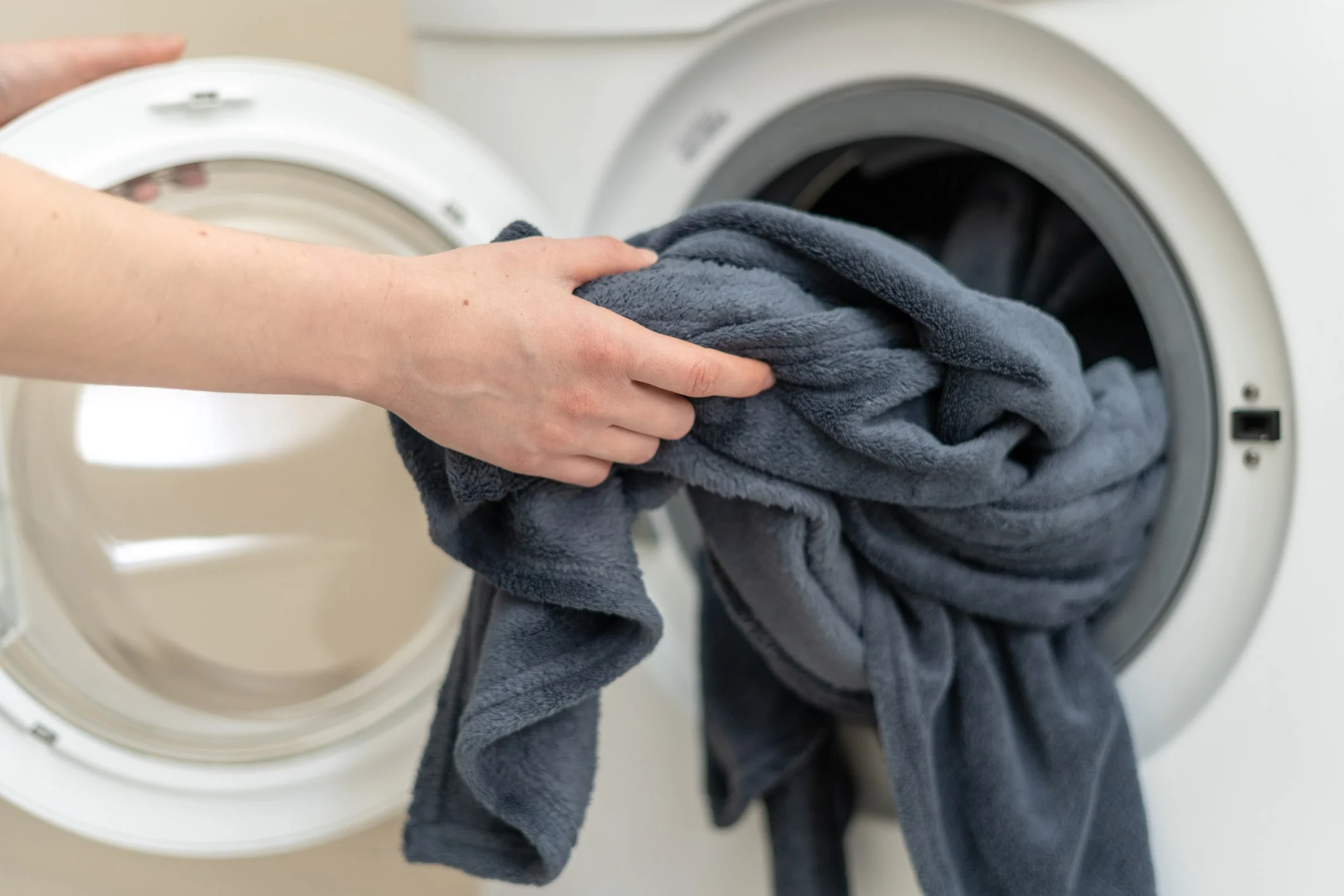

Articles
How To Dry Blankets In Dryer
Modified: August 28, 2024
Looking for articles on how to dry blankets in a dryer? Find practical tips and step-by-step guides in our comprehensive collection.
(Many of the links in this article redirect to a specific reviewed product. Your purchase of these products through affiliate links helps to generate commission for Storables.com, at no extra cost. Learn more)
Introduction
Drying blankets in a dryer is a convenient and efficient way to ensure that they are clean, fresh, and ready to use. Whether you’ve just washed your favorite cozy blanket or need to dry a set of blankets after a camping trip, using a dryer can help you achieve quick and reliable results.
However, it’s important to understand the proper techniques for drying blankets to avoid any damage or shrinkage. In this article, we will guide you through the process of drying blankets in a dryer, from choosing the right dryer to checking for dryness and removing the blankets safely.
By following our tips and recommendations, you can effectively dry your blankets in a way that preserves their quality and ensures they remain soft, fluffy, and comfortable for years to come.
Key Takeaways:
- Choose the right dryer with features like low-heat settings and energy efficiency to preserve the quality of your blankets and ensure optimal drying results.
- Prepare blankets by checking care labels, removing excess moisture, and using dryer balls to enhance drying efficiency and maintain softness.
Read more: How To Dry A Blanket In Dryer
Choosing the Right Dryer
When it comes to drying blankets, having the right type of dryer is crucial for optimal results. Here are a few factors to consider when choosing a dryer:
- Type of Dryer: There are two main types of dryers: electric and gas. Electric dryers are more common and easier to install, as they only require a power outlet. Gas dryers, on the other hand, require a gas line and proper ventilation. Consider which type of dryer is most suitable for your home.
- Capacity: Check the capacity of the dryer to ensure it can accommodate the size of your blankets. Some dryers have a larger drum capacity, which is ideal for drying bulky or oversized blankets.
- Special Features: Look for dryers with features specifically designed for drying delicate fabrics, such as a low-heat or air-dry setting. These settings will help prevent excessive heat and potential damage to your blankets.
- Energy Efficiency: Opt for a dryer with an energy-efficient rating. Not only will this save you money on your electricity or gas bill, but it also minimizes the environmental impact of your drying process.
- Reviews and Recommendations: Before purchasing a dryer, read reviews from other users to gauge their overall satisfaction. Additionally, ask friends or family for recommendations based on their own experiences.
By taking these factors into consideration, you can select a dryer that meets your drying needs and ensures your blankets are treated with care throughout the drying process.
Preparing the Blankets for Drying
Before tossing your blankets into the dryer, it’s important to properly prepare them to ensure effective and efficient drying. Here are some steps to follow:
- Check the Label: Always refer to the care label on the blankets for specific instructions. Different materials and blends may have different recommendations for drying.
- Remove Excess Moisture: If the blankets have been washed, gently squeeze out any excess water before placing them in the dryer. This will ensure that the drying process is more efficient, reducing the overall drying time.
- Separate Bulky and Delicate Blankets: If you have different types of blankets, separate them based on their thickness and delicacy. Thin and delicate blankets may require a lower heat setting, while thicker blankets can tolerate higher temperatures.
- Remove Any Loose Debris: Check the blankets for any loose debris like dirt, pet hair, or lint. Use a lint roller or a soft brush to remove any remaining particles, ensuring that your blankets come out clean and fresh from the dryer.
- Consider Using Dryer Balls: Dryer balls can help improve airflow and prevent the blankets from clumping together during the drying process. They also aid in reducing drying time and minimizing wrinkles.
By properly preparing your blankets before drying, you can enhance their drying efficiency and maintain their quality. These simple steps will ensure that your blankets come out of the dryer in the best possible condition.
Setting Up the Dryer
Once you’ve prepared your blankets, it’s time to set up the dryer for optimal drying. Follow these steps to ensure the best results:
- Clean the Dryer Lint Filter: Before starting, make sure to clean the lint filter of your dryer. A clogged lint filter can impede airflow and reduce the drying efficiency. Regularly cleaning the lint filter prevents lint buildup and helps maintain proper airflow.
- Adjust the Heat Setting: Depending on the material and thickness of your blankets, adjust the heat setting on the dryer accordingly. Delicate fabrics may require a low-heat or air-dry setting, while thicker blankets can handle medium to high heat.
- Consider Using a Drying Rack: If you have smaller or more delicate blankets, consider using a drying rack inside the dryer. This helps to prevent snagging and stretching during the drying process.
- Load the Blankets Properly: Place the blankets loosely in the dryer, allowing proper air circulation. Avoid overcrowding the dryer, as this can hinder the drying process and result in uneven drying.
- Add Dryer Sheets or Fabric Softener: If desired, you can add a dryer sheet or a fabric softener to the dryer. This helps to reduce static cling and leaves your blankets smelling fresh and soft.
Once you have set up your dryer correctly, you are ready to start drying your blankets. Paying attention to these details will ensure that your blankets dry efficiently and retain their softness and quality.
Drying the Blankets
With the dryer properly set up, it’s time to start the drying process for your blankets. Follow these steps to ensure optimal drying:
- Select the Appropriate Drying Cycle: Choose the appropriate drying cycle based on the fabric and thickness of your blankets. Most dryers have preset cycles such as “regular,” “delicate,” or “bulky” for different fabric types.
- Set the Timer or Select the Auto-Dry Option: If your dryer allows manual timer settings, select the desired drying time based on the recommendations for your blankets. Alternatively, you can opt for the auto-dry option that senses the moisture level and automatically turns off when the blankets are dry.
- Avoid Excessive Heat: It’s important to avoid exposing your blankets to excessive heat to prevent damage or shrinkage. If you’re unsure about the heat tolerance of your blankets, start with a lower heat setting and increase gradually if necessary.
- Allow for Ample Drying Time: Depending on the thickness and size of your blankets, drying time may vary. Be prepared to give your blankets enough drying time to ensure they are fully dry and free from any dampness or moisture.
- Check the Dryer Periodically: Periodically check the dryer during the drying process to ensure everything is progressing as expected. If needed, fluff the blankets gently to prevent wrinkling or clumping.
By following these steps, you can ensure that your blankets dry thoroughly and efficiently in the dryer. This will help to preserve their quality, softness, and overall longevity.
To dry blankets in a dryer, use a low heat setting to prevent damage to the fabric. Add a couple of clean tennis balls to help fluff the blankets as they dry. And don’t overload the dryer to ensure even drying.
Read more: How To Dry A Weighted Blanket
Checking for Dryness
Once the designated drying time is complete, it’s important to check if your blankets are fully dry. Here are a few ways to determine if your blankets are dry:
- Touch Test: Carefully touch the blankets to check for any dampness or moisture. If they feel completely dry to the touch, then they are ready to be removed from the dryer. If there’s any residual dampness, consider adding a few more minutes of drying time.
- Visual Inspection: Take a closer look at the blankets to visually inspect for any signs of moisture. Look for any damp spots or areas that still appear wet. If you notice any signs of dampness, it’s best to continue drying them for a little longer.
- Weight Test: Compare the weight of the blankets before and after drying. If they feel significantly lighter, it indicates that most of the moisture has been removed and they are likely dry.
- Absorbent Material Test: Place an absorbent material, such as a paper towel or tissue, on the surface of the blankets. If the material remains dry after a few minutes, it is a good indication that the blankets are dry.
It’s important to ensure that your blankets are completely dry before removing them from the dryer. This helps to prevent any musty odors or the growth of mildew. Taking the time to check for dryness ensures that your blankets are ready to be used or stored until needed.
Removing the Blankets from the Dryer
Once you’ve confirmed that your blankets are fully dry, it’s time to safely remove them from the dryer. Follow these steps to ensure a smooth removal process:
- Turn Off the Dryer: Before opening the dryer door, make sure to turn off the dryer and unplug it from the power source to ensure safety.
- Handle with Care: Gently remove the blankets from the dryer, being careful not to snag or pull on any loose threads. Support the weight of the blankets to avoid unnecessary stress on the fabric.
- Fold or Hang Immediately: Once you’ve removed the blankets from the dryer, fold them neatly or hang them up right away to prevent wrinkles or creases from setting in. If folding, make sure to fold them in a way that minimizes wrinkles, ensuring they remain soft and ready for use.
- Allow for Cooling: Give the blankets a few minutes to cool down before using or storing them. This allows any residual heat to dissipate and prevents them from feeling overly warm or uncomfortable.
- Store or Use: Depending on your needs, either store the blankets in a clean and dry area for future use or use them immediately for added comfort and warmth.
By following these steps, you can safely and effectively remove your blankets from the dryer, ensuring they retain their quality and remain in excellent condition.
Final Tips and Considerations
As you master the art of drying blankets in the dryer, here are some final tips and considerations to keep in mind:
- Check the Care Labels: Always refer to the care labels on your blankets for specific instructions regarding drying temperature and any other precautions.
- Avoid Overloading the Dryer: Overloading the dryer with too many blankets can reduce the efficiency of the drying process. It’s best to dry a moderate number of blankets at a time to ensure they have enough space to move freely.
- Consider Using Dryer Balls: Dryer balls not only help to prevent clumping but also aid in reducing drying time and softening the blankets naturally. They are a great alternative to commercial fabric softeners.
- Regularly Clean the Dryer Vent: To maintain optimum drying performance and reduce the risk of fire, clean the dryer vent regularly to remove lint buildup. A clogged vent can hinder airflow and make the drying process less efficient.
- Air Dry Delicate Blankets: If your blankets are made of delicate or sensitive materials, consider air drying them instead. Lay them flat on a towel or hang them up to dry naturally to prevent any potential damage.
- Rotate and Fluff: To maintain the quality and loftiness of your blankets, rotate and fluff them periodically, even when they are not in use. This helps redistribute the filling and prevent flat spots or clumping.
- Invest in Quality Blankets: High-quality blankets made from durable materials are more likely to withstand the drying process without losing their softness and shape. Invest in blankets that are designed to last and provide long-lasting comfort.
By following these final tips and considerations, you can ensure that your blankets are dried effectively and maintain their quality throughout the drying process.
Conclusion
Drying blankets in a dryer is a convenient and efficient way to ensure that they are clean, fresh, and ready to use. By following the proper techniques and guidelines, you can effectively dry your blankets while maintaining their softness, comfort, and longevity.
Choosing the right dryer, preparing the blankets for drying, setting up the dryer correctly, and using the appropriate heat settings are all essential steps in the drying process. Checking for dryness before removing the blankets from the dryer ensures that they are fully dry and ready for use or storage.
Remember to handle the blankets with care when removing them from the dryer and store them folded neatly or hang them to prevent wrinkles. Regularly clean the dryer’s lint filter and consider using dryer balls for increased efficiency and softness.
By adhering to these final tips and considerations, you can maintain the quality of your blankets and enjoy their warmth and comfort for years to come.
So the next time you need to dry your blankets, confidently follow these steps and enjoy the convenience and efficiency of using a dryer to achieve clean, fresh, and perfectly dried blankets.
Frequently Asked Questions about How To Dry Blankets In Dryer
Was this page helpful?
At Storables.com, we guarantee accurate and reliable information. Our content, validated by Expert Board Contributors, is crafted following stringent Editorial Policies. We're committed to providing you with well-researched, expert-backed insights for all your informational needs.

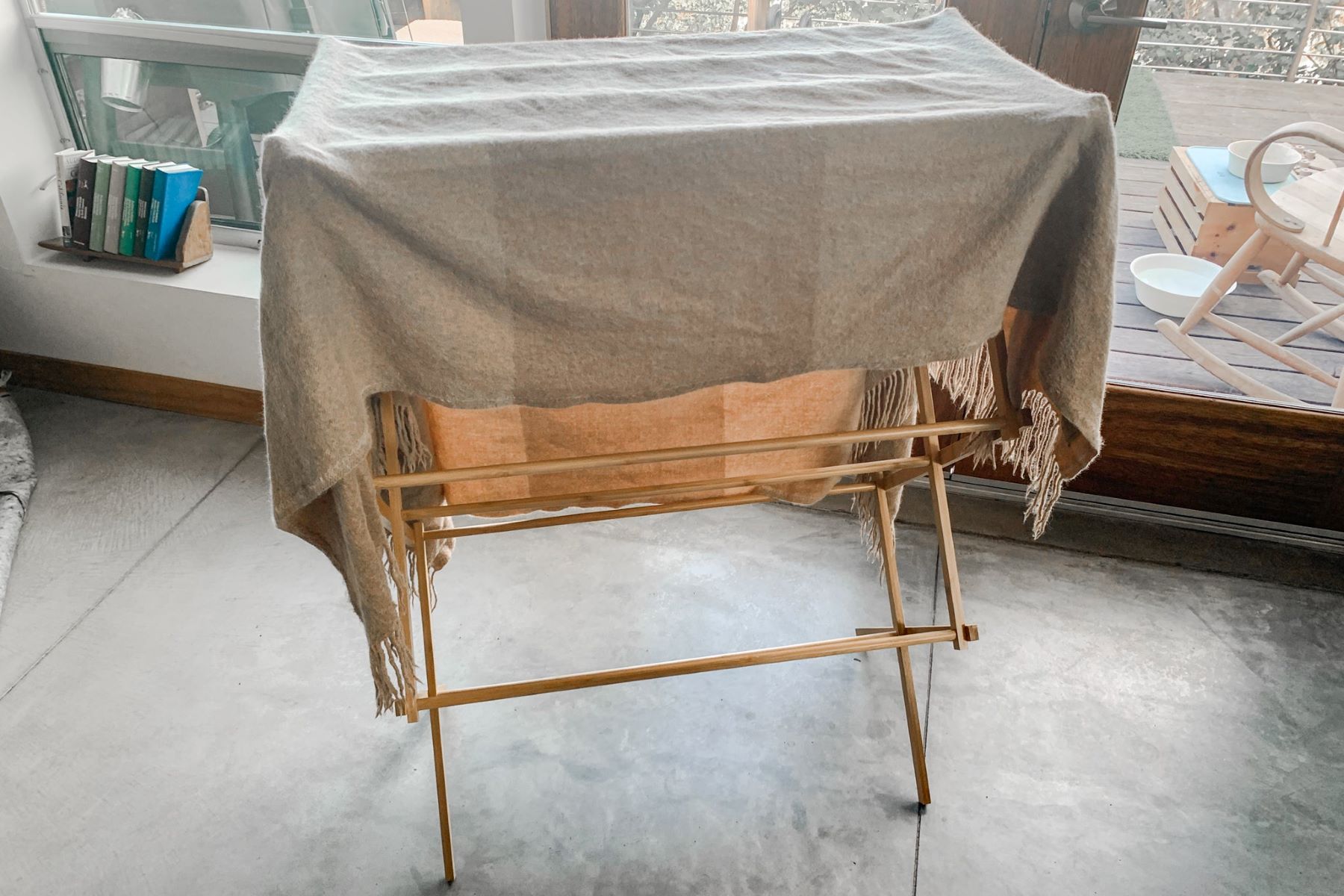

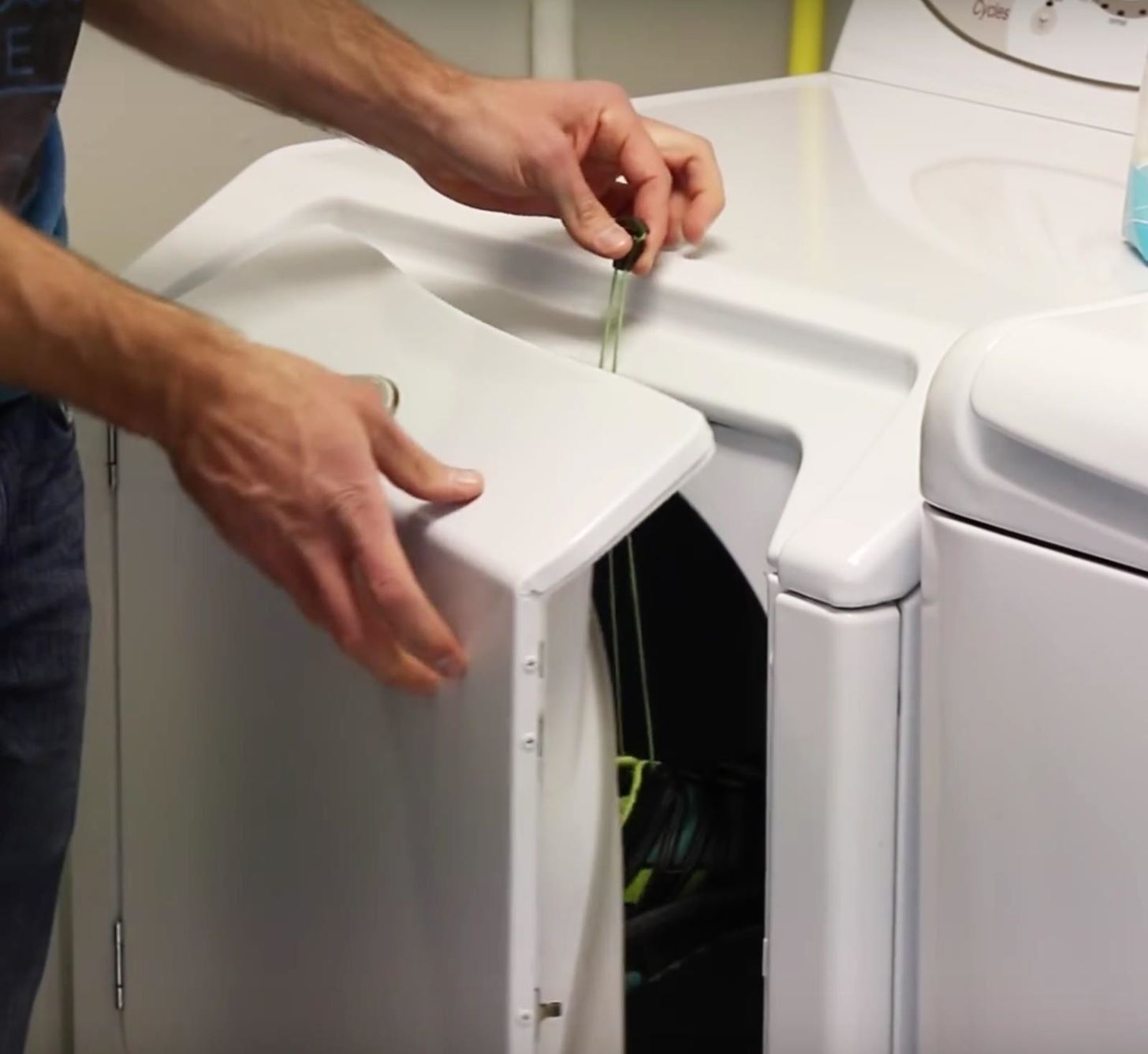
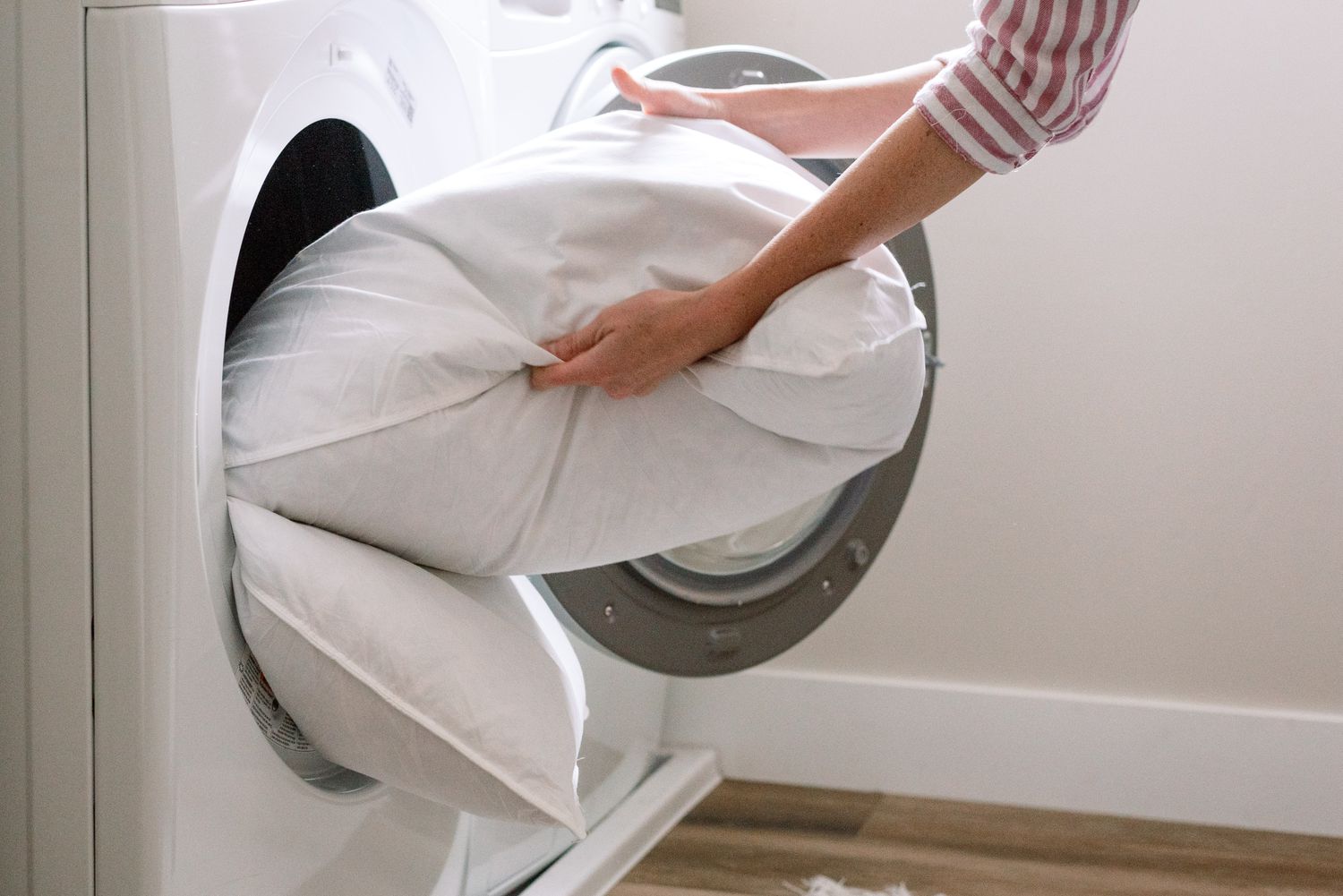
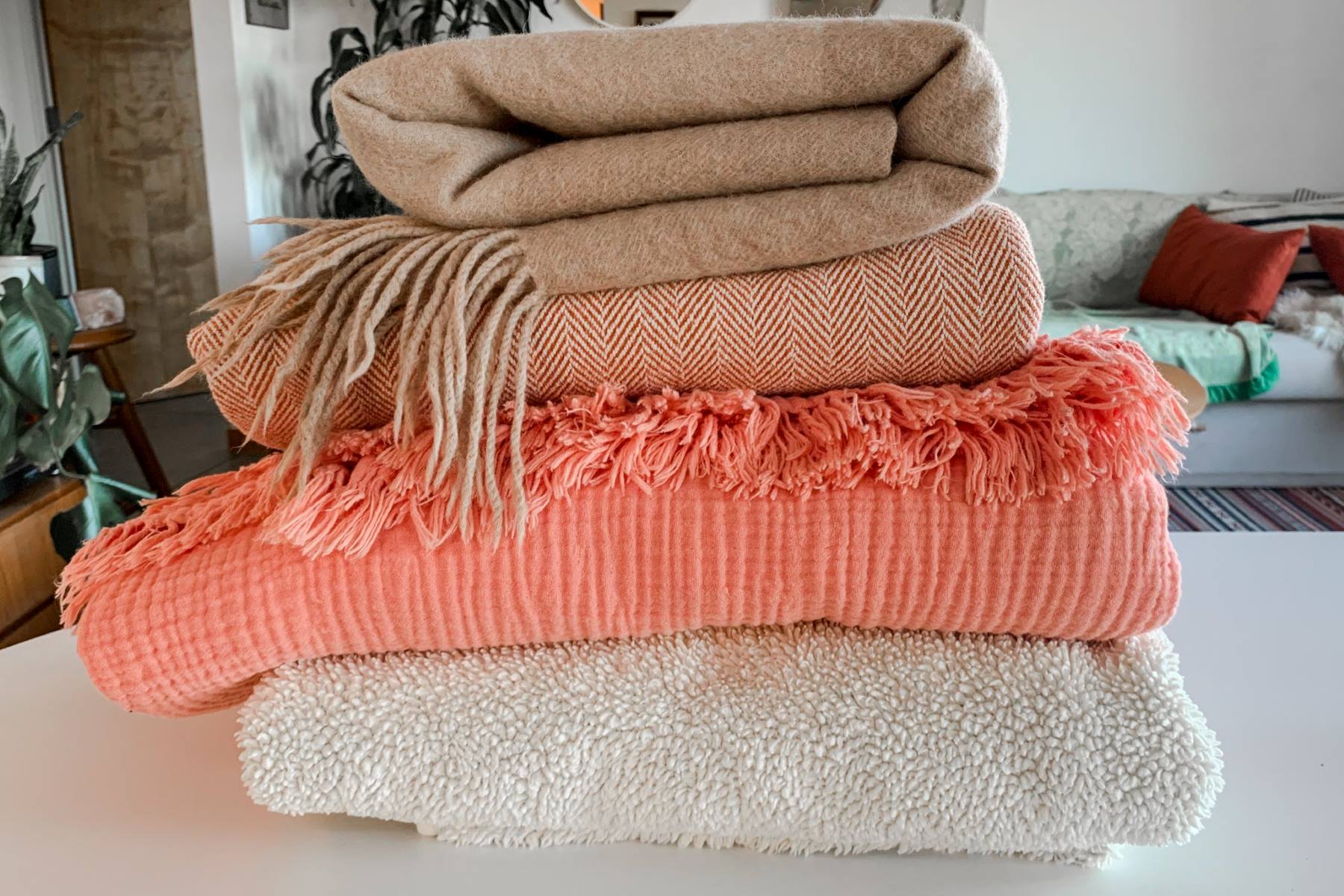


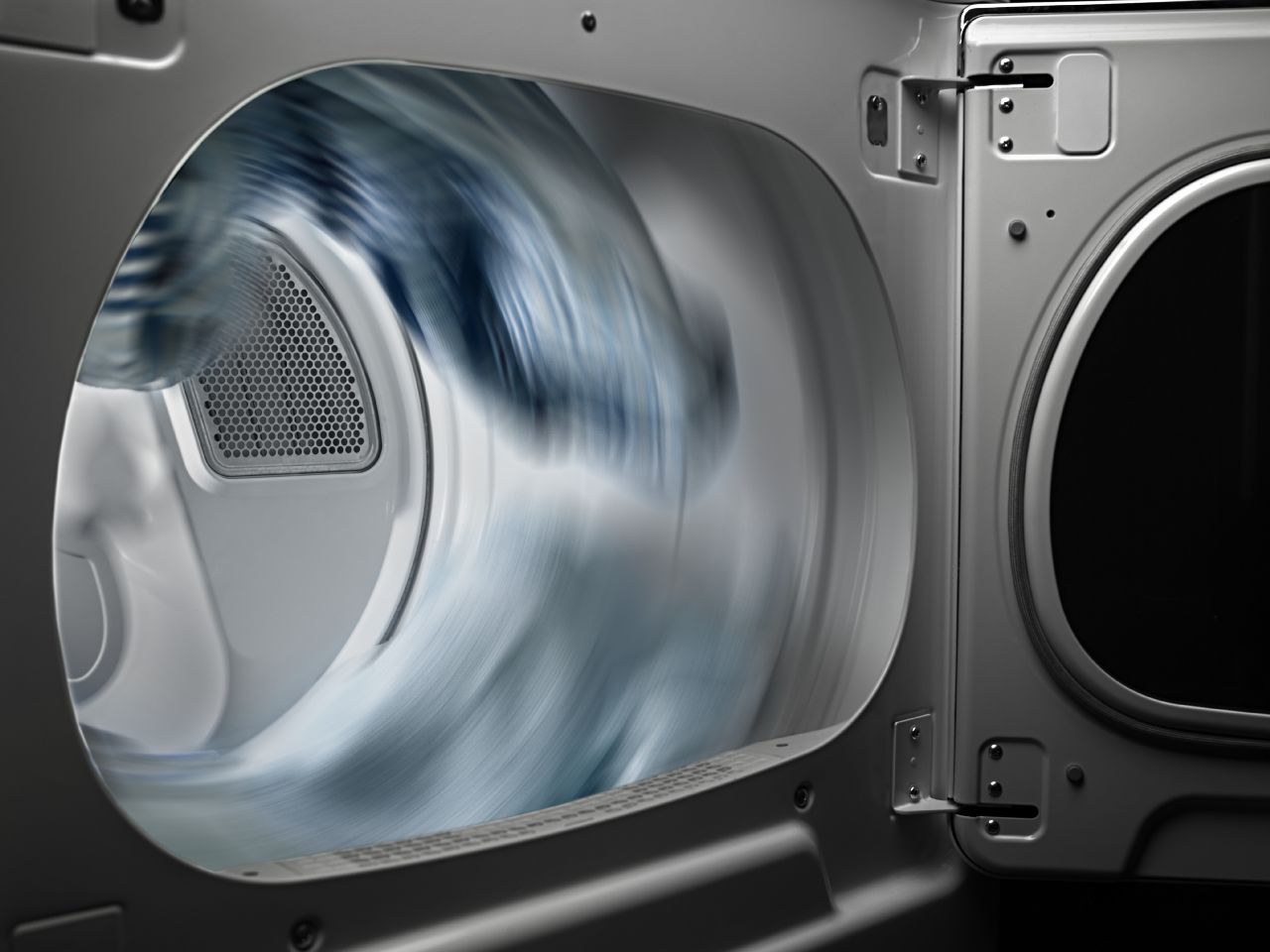



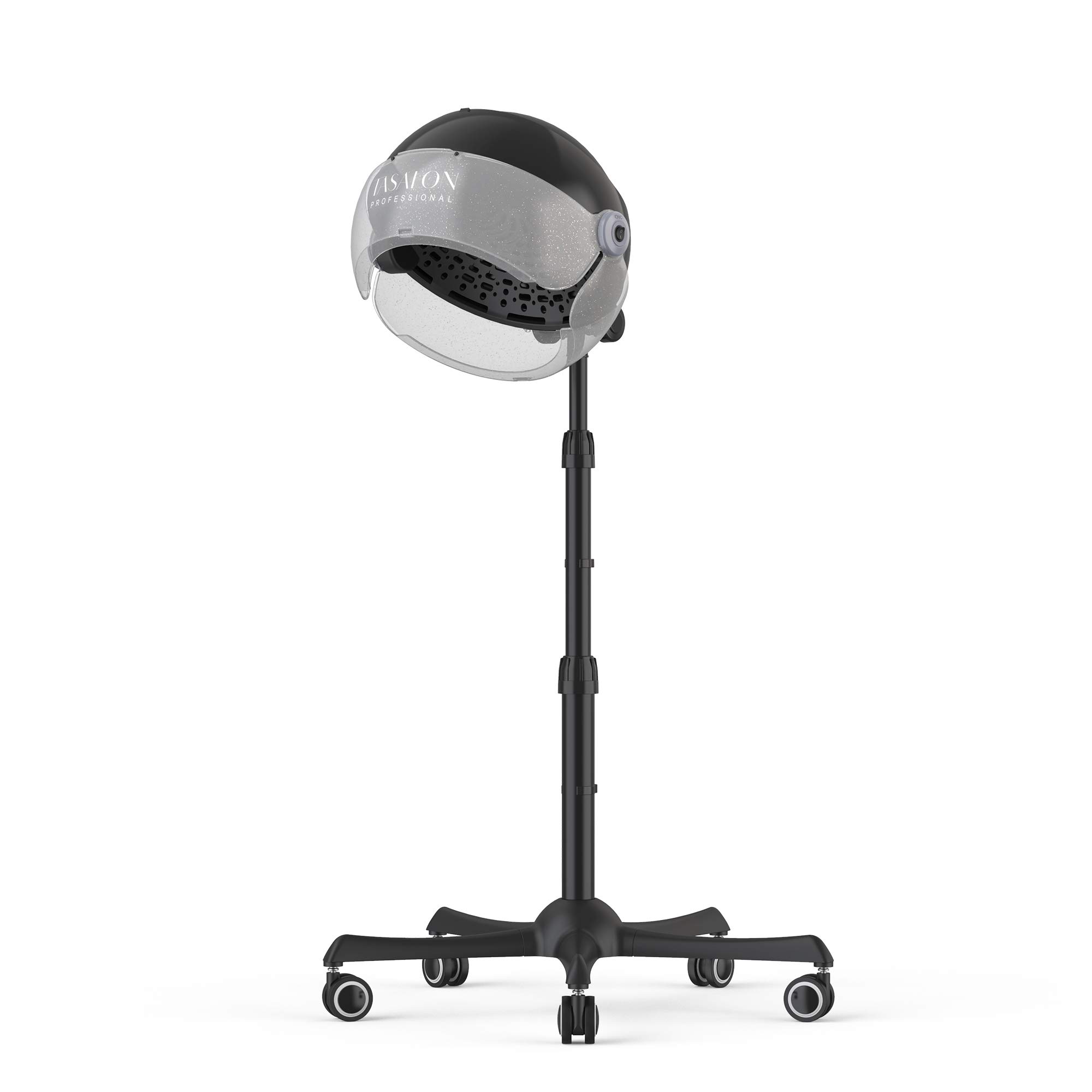


0 thoughts on “How To Dry Blankets In Dryer”